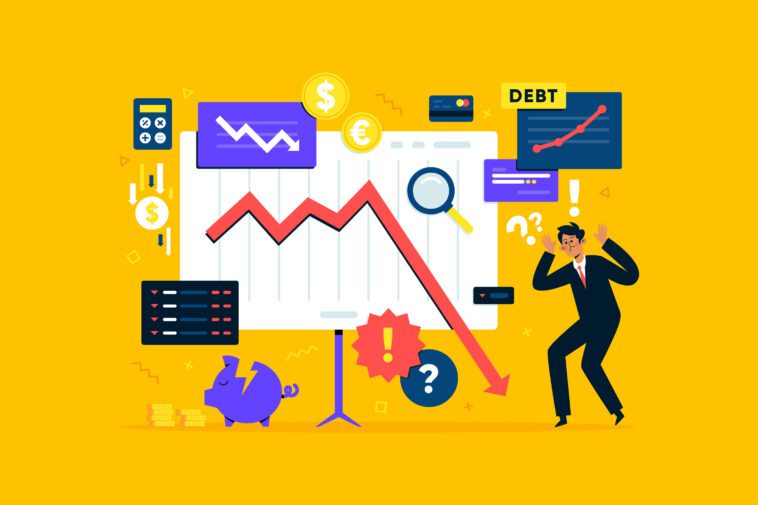As I was sipping my morning coffee, reflecting on my investment journey, a thought crossed my mind: Why is it that the seas of the financial market are so unpredictable? One moment it’s calm and serene, and the next, it’s hit by a tempest. This unpredictability, my friend, is what many refer to as ‘Market Risk.’ So, let’s dive deep into understanding these invisible currents of investment and how we, as investors, can better navigate them.
Understanding Market Risk
At its core, market risk, often termed as ‘systematic risk,’ is the potential for an investor to experience losses due to factors that affect the overall performance of the financial markets. Unlike specific risks tied to an individual investment, market risk impacts the entirety of the market. These risks are undiversifiable, meaning they can’t be eliminated by diversifying your portfolio.
Key Types of Market Risks
From my experience and research, market risks generally fall under four primary categories:
- Interest Rate Risk: This pertains to the fluctuations in the value of investments induced by the overarching changes in interest rates. For instance, when interest rates rise, the prices of bonds typically fall, and vice versa.
- Equity Risk: This is associated with drops in stock prices. A widespread decline in the global stock market or a particular industry can potentially inflict significant losses.
- Commodity Risk: If you’ve ever invested in commodities, be it gold or oil, you’re exposed to the risks tied to price fluctuations in the commodities market.
- Currency Risk: Often overlooked, this risk involves shifts in the foreign exchange market. If you’re holding investments in foreign currencies, adverse exchange rate movements can erode your returns.
Managing and Mitigating Market Risk
Now, while one can’t eliminate market risk, there are certain strategies I’ve adopted to mitigate its impact:
- Diversification: By distributing investments across various asset classes like stocks, bonds, real estate, and commodities, one can cushion the impact of a poor-performing asset on the overall portfolio.
- Asset Allocation: This is about striking the right balance between risk and return. Based on your risk tolerance and investment horizon, allocate assets in a way that aligns with your financial objectives.
- Continuous Monitoring: Stay updated with global news, market trends, and economic indicators. By keeping a pulse on the market’s health, you can make informed decisions and adjustments to your portfolio.
- Employing Hedging Techniques: Sophisticated investors might use financial instruments like options and futures to hedge against potential losses from market risks.
The Role of Investor Psychology
It’s essential to realize that markets are influenced not just by raw economic data but also by the collective psychology of market participants. Investor sentiments, herd mentality, and reactions to global events can significantly sway the market. So, a grasp on behavioral finance can offer insights into potential market movements.
Embracing Volatility: A New Perspective
While market risks might seem intimidating, it’s this very volatility that creates opportunities. Market downturns, for instance, often present chances to buy quality assets at discounted prices. Instead of fearing market risks, the key lies in understanding, preparing for, and capitalizing on them.
Final Reflections
The financial seas will always be unpredictable, laden with market risks. Yet, with the right knowledge, tools, and mindset, we can not only navigate these waters but also harness the waves to our advantage. Remember, in the world of investment, risks and rewards are two sides of the same coin. It’s about making informed decisions, staying resilient during storms, and always keeping an eye on the horizon.



